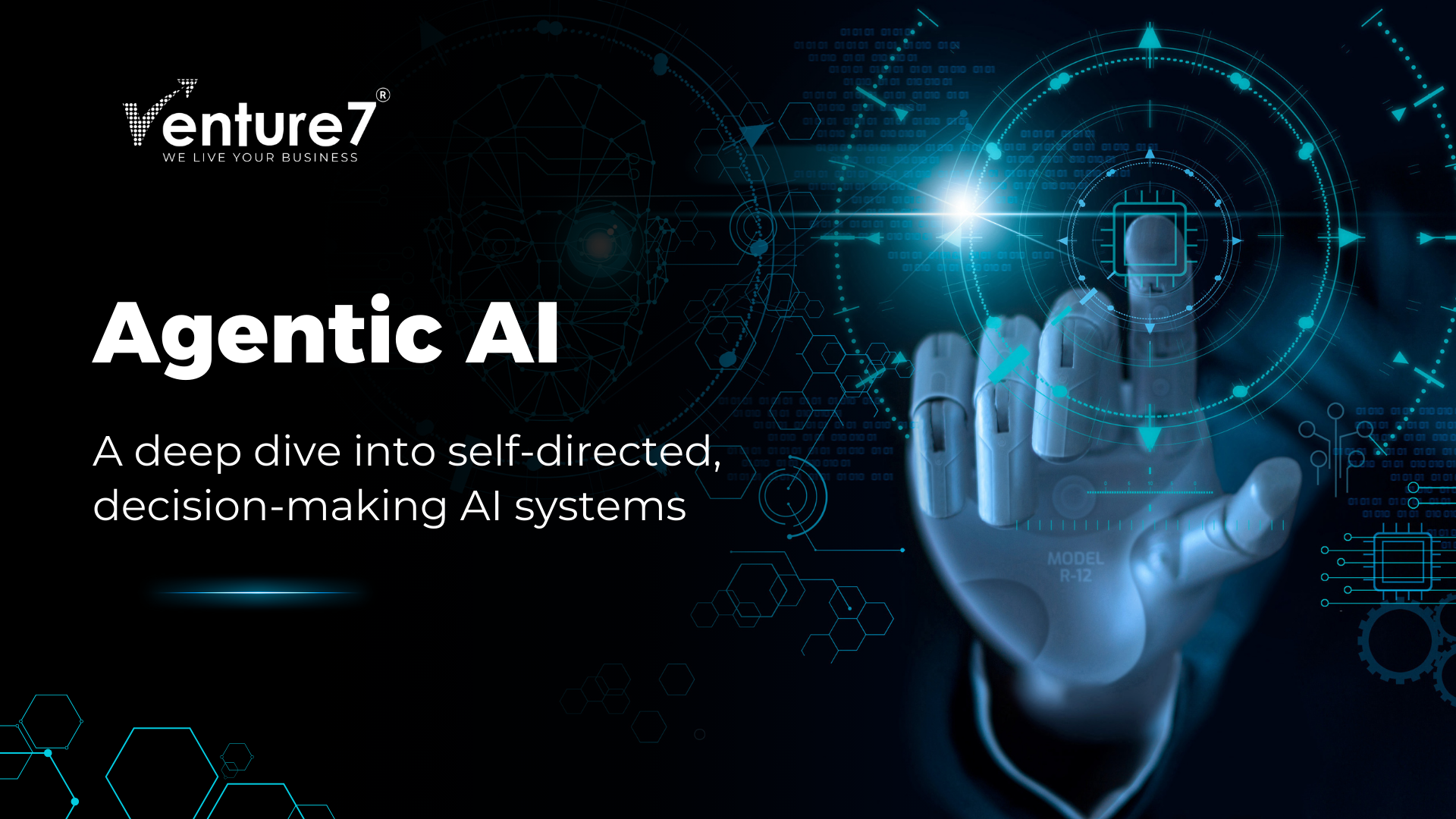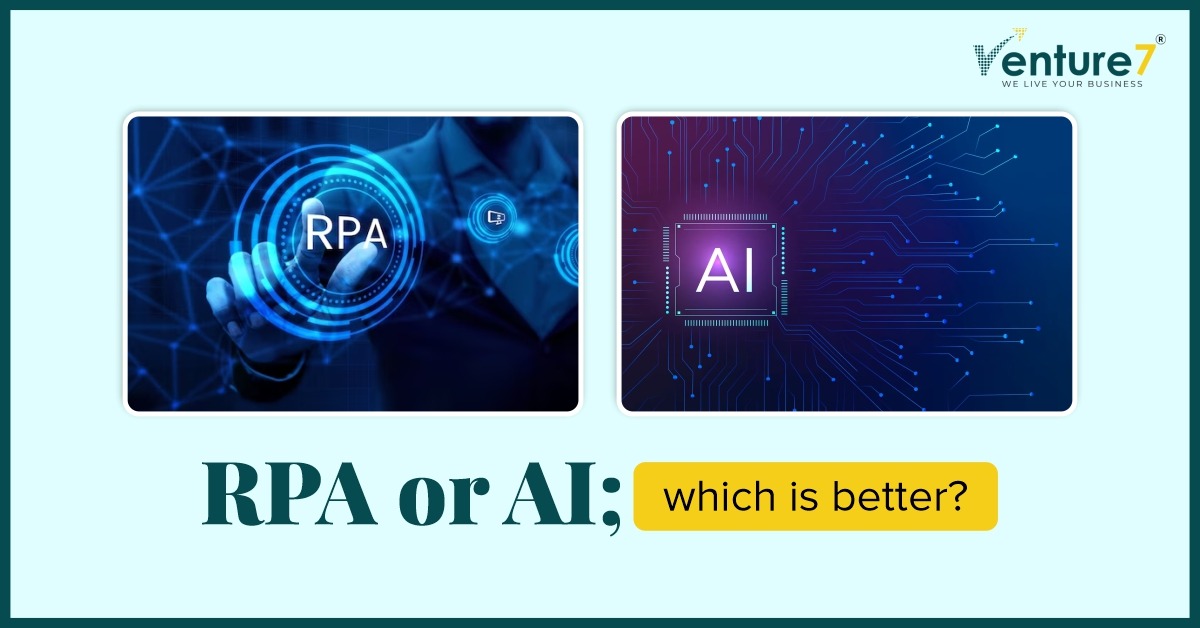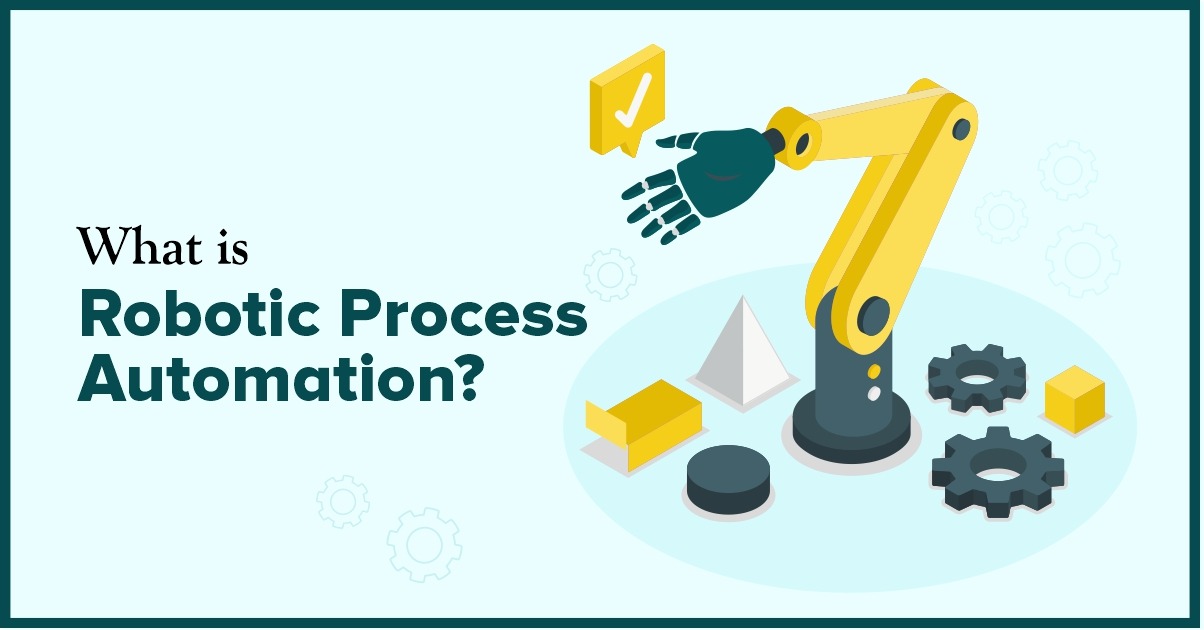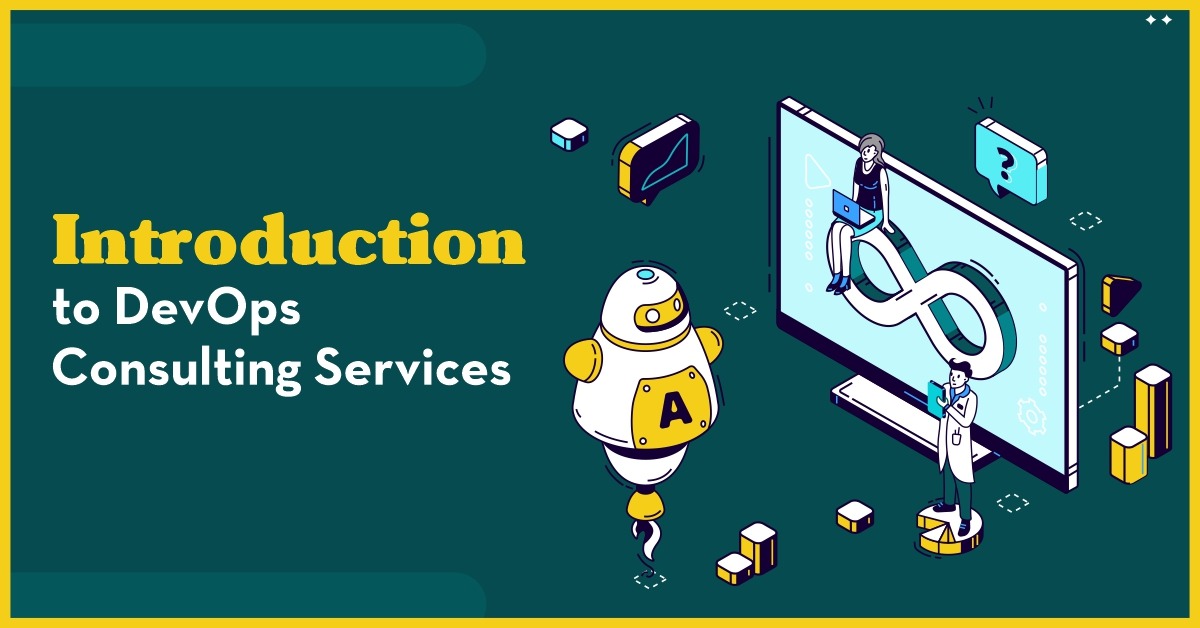UX Design-A Technology To Refine Product Design And Development
Organizations are rapidly shifting their focus from a product-centric approach to a customer-centric approach due to the growing competitive business environment. Delivering poor customer experience is no longer an option for industries that make it necessary for them to identify their needs and develop products and services accordingly. The preferences of customers are identified by analyzing huge amounts of customer data that is obtained from various sources with the use of technologies such as data analytics, artificial intelligence, etc. Besides the use of these technologies, UX design is one such tool that is rapidly being integrated by organizations to create efficient product development cycles and generate better business value. UX design goes beyond aesthetics; its strategic tools are helping industries build a strong brand identity and enhance their sales to a great extent. This technology works to create products and services that provide relevant experience to users. It includes practical and meaningful aspects of interactions between human and computer that brings efficiency to the entire process. UX design works with a variety of disciplines that include visual design, information architecture, interaction design, etc. Enhanced Customer Experience (CX) Customers want products that meet their needs and deliver a stellar user experience. UX design tools enable industries to make their commercial websites engaging and captivating with advanced applications. This enables users to easily navigate to the website that provides the overall view of the products and services, thereby providing a better user experience. UX design ensures that customers can get what they want when they visit the app or website by making the task intuitive and engaging. UX design can make the product development process faster and cheaper by enabling the developer to quickly test and iterate the process to validate designs. This eliminates the need to make changes in the product after the product has been developed, thereby making the process faster and more efficient. This technology can test the usefulness of various features of the developed product as per the needs of the customers and suggest the changes well in advance helping industries to ensure that the product has been developed as per customers’ preferences. Cost-efficient Development Making development changes after the product has been developed can be costly as well as a time-consuming process. UX design technology can significantly reduce the cost of products by identifying and eliminating usability issues in the initial prototyping stage of the product development process as it is far less expensive than identifying and fixing the errors at a later stage. It can also test the design and feature requirements accurately at the initial stage which enables developers to get better estimates of the time and cost required for the completion of a project. Working in this iterative manner can help industries save a huge amount of costs and build better and high-quality products. SEO Optimization Efficient web development also plays a crucial role in taking the business towards success with a better user experience. UX design makes it easy for the user to interact with the website by reducing the number of steps for users to navigate through a website. This enables industries to drive conversions and interactions across websites or applications. This technology ensures perfect optimization for the visitors that may tempt customers to buy products that help boost the sales of the organization. UX design brings innovation to the website and the way products are displayed which helps organizations to attract a greater number of customers towards the brand and increase their revenues with enhanced sales. UX design has simplified the product design and development process by resulting in healthy SEO rankings with its advanced tools and applications. This technology provides users with the best answer to their queries with the most relevant information. This enhances SEO and pay-per-click marketing with an optimized focus on relevant pages. Retaining Customers This technology helps the organization retain more customers by providing visual designs to map out the iteration of an individual customer’s journey with the organization from the beginning. This helps companies to build brand empathy with the target customers and understand their purchase cycles. Besides this, UX design also offers various ways to optimize product designs to enhance user engagement and customer loyalty towards the brand. Business Insight UX design enables industries to gain knowledge about the perspective of the brand among their customers and the outside world. This is done by determining several factors including identifying the reason visitors visit your website, their search clicks, the sections that bring high/less traffic to the website, and many other such factors. It helps industries to narrow down their target audience based on these factors and maintain uniformity and consistency of the brand across various applications on different digital platforms. This technology has enabled companies to deliver better products and enhance customer loyalty with its services which adds up to the increased competitive advantage. The development costs have drastically been reduced with UX design tools. These tools conduct comprehensive user research, user testing, prototyping, architecture design, etc. before the final implementation of the process which helps industries to lower the development costs and make the process effective. Content is one of the critical aspects of a website and UX design offers various content design techniques that motivate users to interact with the content on the website. This technology creates user personas while designing an app or the descriptions of people who will use the app. This helps designers to know their target customers better and create personalized user experiences by delivering content that is relevant to individual users. Content Design Techniques By integrating these content design techniques, organizations can elevate user engagement, deliver relevant information, and foster a connection with their audience.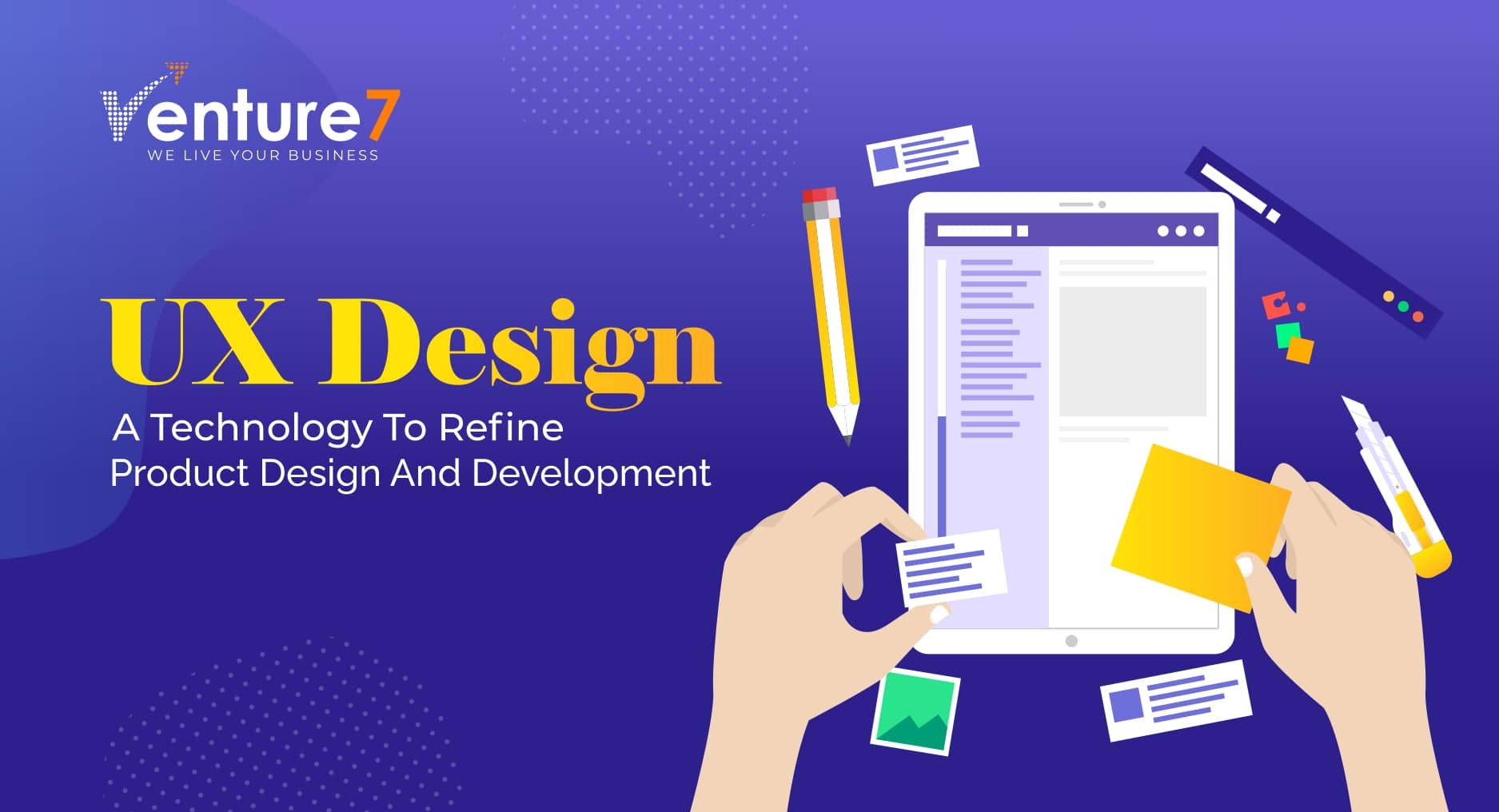
The Role of UX in Product Development
Benefits of UX Design Integration
Crafting Compelling Content: Techniques for User Interaction
